15 Ng. 100 Đ. Nguyễn Xiển, Thanh Xuân Nam, Thanh Xuân, Hà Nội 100000

Quang Ninh Vietnam, best known for Halong Bay is located in the north east Vietnam, sharing its border with Hai Phong, China, Bac Giang, and Bac Ninh. Short climbs are available in Halong bay area while long hikes can be arranged in Quan Lan island, Bai Tu Long national park, Binh Lieu mountain range. Those who are interested in mountain hiking can discover Yen Tu which is situated near Halong bay.
Quang Ninh is a mountainous and coastal province, with more than 80% of its area being made up of mountains and hills.
The sea and island zone of Quang Ninh has a unique terrain. There are more than 2,000 islands, making up two thirds of the Viet Nam’s islands. They extend along the coast for more than 250km and divide into numerous layers. The largest islands are Cai Bau and Ban Sen, while the smallest are just like rocks in a garden. The sea bottom terrain of Quang Ninh isn’t smooth, and 20m-average depth. There are the remnants of ancient streams and underwater rocky banks. The streams from the mainland connect to deep drains along the sea-floor; creating a series of waterways, canals and harbors along the coast.
Quang Ninh Weather
Quang Ninh’s climate is symbolic of the climate in the North Vietnam; featuring all four seasons. In summer, it’s hot, humid and rainy, while monsoons flourish. In winter, it’s cold, dry, and sometime rainly.
The average heat radiating during a year is 115.4 Kcal/sq. cm. The average temperature is over 210C, while the average humidity is 84%. Annual rainfall totals between 1,700 and 2,400mm, and there can be between 90 to 170 rainy days in a year. These are mainly concentrated in the summer (more than 85%), and especially in the months of July and August. In winter, rainfall only reaches between 150 and 400mm.
In comparison to other provinces in the north, Quang Ninh has been more under the influences of north-eastern monsoons. The wind blows strongly and the temperature drops to between 1°C and 30C. During a north-eastern monsoon, high mountainous regions such as Binh Lieu and Hai Ha, Dam Ha sometimes see the temperature drop below 00C.
Storms have a large influence on the province, mainly in June, July and August. The intensity can be extremely strong, especially in island and coastal regions.
Due to differences in terrain, the climate of sub-regions vary. The border area of the Mong Cai City is colder and rainy, with an average temperature of around 220C and rainfall reaching 2,751mm. In the Yen Hung District, the most southern area, the average temperature is 240C and sees an average rainfall of 1,700mm. The high mountainous region of Hoanh Bo, and Ba Che Districts, is victim to 20 days of frost a year, and is subject to little rainfall. In the Binh Lieu District there is heavy rain (2,400mm) and winter lasts for six months. The offshore island region is not the wettest area, with only 1,700 to 1,800mm of rainfall per year, but winter is often accompanied by thick mists.
Ethnic Groups in Quang Ninh Vietnam
Ethnologically, Quang Ninh is made up of 21 ethnic groups, but only 6 have a population of over 1,000. These groups live in their own communities, and have their own dialects and particular ethnic features. They include the Viet (Kinh), Dao, Tay, San Diu, San Chi and Hoa. After these, there are two ethnic groups with populations of several hundred: the Nung and Muong. The remaining 14 have populations of less than 100: the Thai, Khmer, Hre, H’Mong, E De, Co Tu, Gia Rai, Ngai, Xo Dang, Co Ho, Ha Nhi, Lao. These originate from remote centres in the Central Highlands.
Among the major ethnic groups, the Kinh make up 89.2% of the ethnic population. The Dao have two main branches: the Thanh Y and Thanh Phan. They conserve their particular ethnic features such as dialect, clothing and traditional festivals, and some continue practices of nomadic farming. The Tay, San Diu and San Chi live in low mountainous areas, chiefly relying on agriculture, in particular the production of wet rice. The Hoa include many ethnic minorities, having immigrated from China many years ago. A small portion is Chinese residents who come to deal in commerce and handicrafts and live in townlets in eastern areas. Most live in the country, relying on agriculture, fishing and forestry.
Quang Ninh what to see
There are many beautiful beaches and natural beauty spots such as Ha Long Bay, Bai Tu Long Bay, Tra Co Beach, Co To Beach, Dai Beach in Van Don etc. Besides, there are historical and architectural relics enabling the development of tours on land, sea and islands.
Ha Long Bay covers an area of 1,553 sq. km including 1,969 islands, of which an area of over 434 sq. km including 788 islands has been recognized by UNESCO as a world heritage due to its cultural, aesthetic, bio-geological and economic value. There are in the bay many soil islands, caves, grottoes, beaches, beautiful landscapes enabling the development of attractive tourist sites of various types.
Tuan Chau Island belonging to Ha Long Bay has an area of 220ha. It is 8km from Ha Long City and 2km offshore. This is an ideal spot to develop a super tourist complex. Bai Chay Beach is a wonderful spot and provides full range of services.
Quang Ninh Tour Packages
Ninh Binh Vietnam
Quang Yen Quang Ninh
Hai Ha Quang Ninh
Trek Sapa 2 Days – Sin Chai Village Route
North East Vietnam Travel Destinations
Bac Giang
Bac Kan
Cao Bang
Ha Giang
Lang Son
Phu Tho
Quang Ninh
Thai Nguyen
Tuyen Quang
.jpg)
Sapa Overnight Trek Ta Phin Village takes you to such hilltribe villages as Mong Sen village, Ta Phin village, Ma Tra village where you will meet up with the Black H’mong, the Red Dzao people. The two-day trek goes up and downhill along hillside…
.jpg)
Sapa Two Day Trek from Hanoi starts from Hanoi as you take the overnight train at 21.00 and spend the first night on board train. Arrival in Laocai early the next day, you will be welcome by our local team and brought to Sapa where you start your overnight trek.
.jpg)
Trek Cat Ba National Park 2 Day Package offers the opportunity to explore Cat Ba national park, Cat Ba langur and to enjoy kayaking, cruising, swimming in Lan Ha bay, Cat Ba archipelago. The park is located approximately 30 km east of Hai Phong…
.jpg)
2 Day Trek Sapa Ta Phin Village offers the opportunity to enjoy the spectacular landscapes of Trung Chai, Ta Phin and Ma Tra valley. You meet up with the Red Zao and the Black H’mong for an interesting discovery of colorful cultures.
.jpg)
Trekking Sapa 2 Day Itinerary Sin Chai Village offers the chance to enjoy marvelous landscapes of Hoang Lien mountain range, Muong Hoa valley, Suoi Thau valley as well as wild and beautiful nature setting of Sapa southern land.
.jpg)
2 Day Hike Sapa Sin Chai Village offers the chance to enjoy seeing marvelous landscapes of Hoang Lien mountain range, Muong Hoa valley, Suoi Thau valley as well as wild and beautiful nature setting of Sapa southern land.
.jpg)
Cuc Phuong Trek 2 Days Itinerary is one of our two day tough trek starting from Hanoi. You have about three hour trekking one the first day and 6 more hours hiking on the second day. Camping in tent and night activities are provided for certain time in year only.
.jpg)
Sapa 2 Days Tour from Hanoi includes 2 full days in Sapa and 2 nights on board train. If you would prefer hiring a private car, you need to plan one or two more days for the car transfer which takes around 8 hours from Hanoi…
.jpg)
Ninh Binh 2 Day Tour from Hanoi starts and ends in Hanoi. You will be transferred by car from Hanoi to Cuc Phuong national park where you start trekking through the rain forest for about 6 hours before arriving in a Muong village.
.jpg)
Fansipan 2 Day Trek begins from Sapa town with a car transfer uphill to Tram Ton Heaven Gates where you start the overnight adventure to the summit of Indochina, the mount Fansipan. Fansipan itself is an attraction of Sapa…
.jpg)
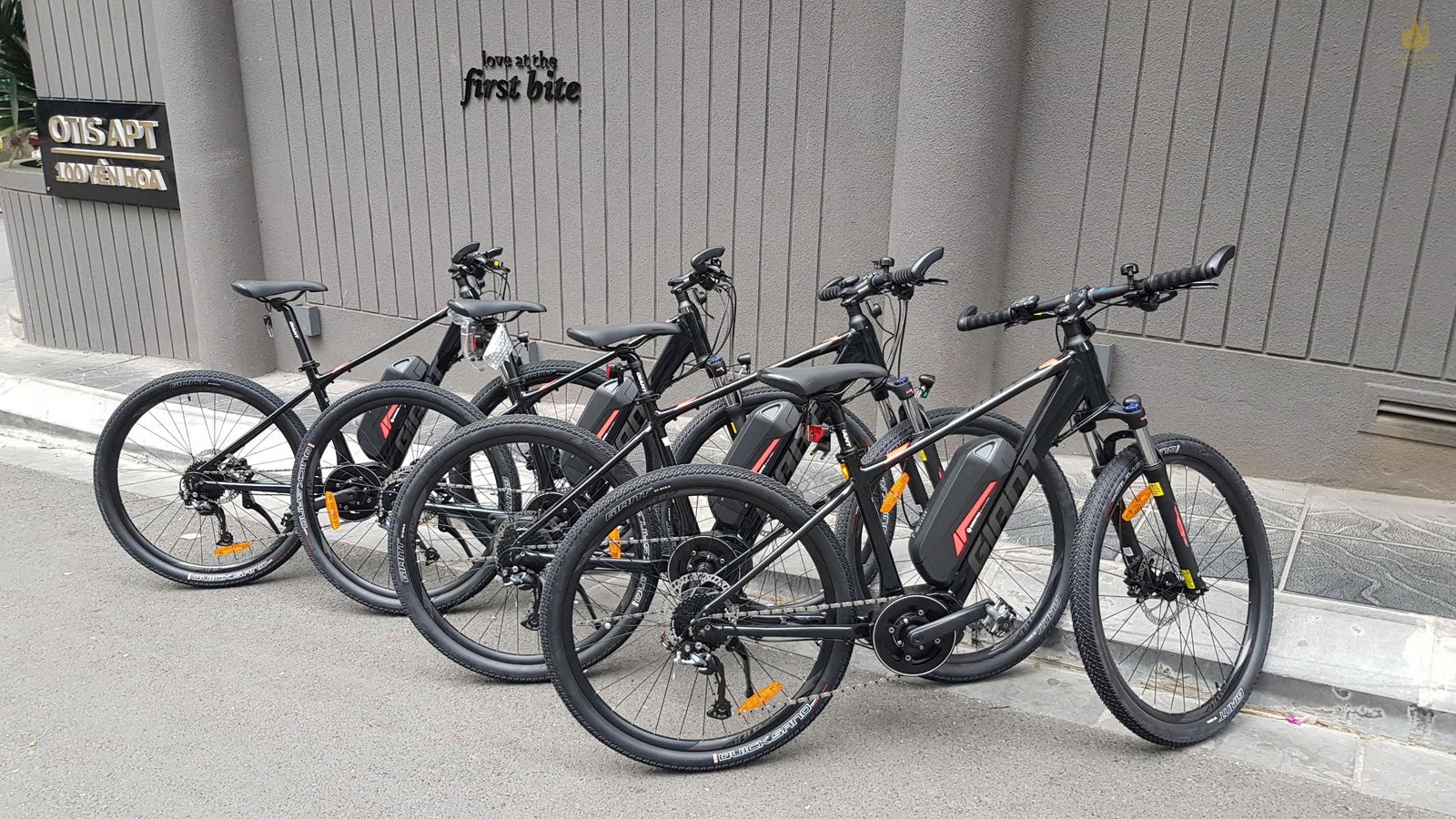
.jpg)
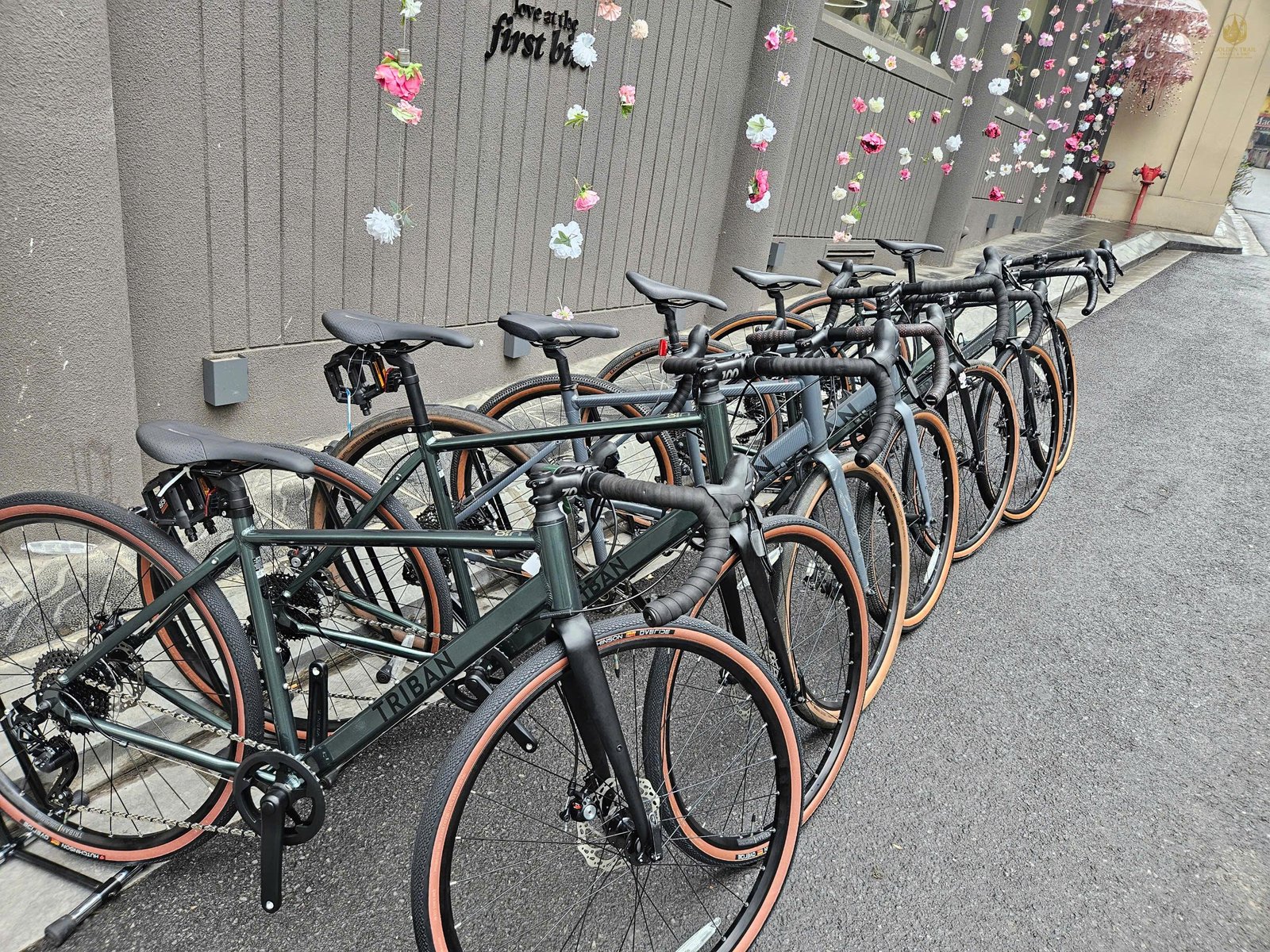

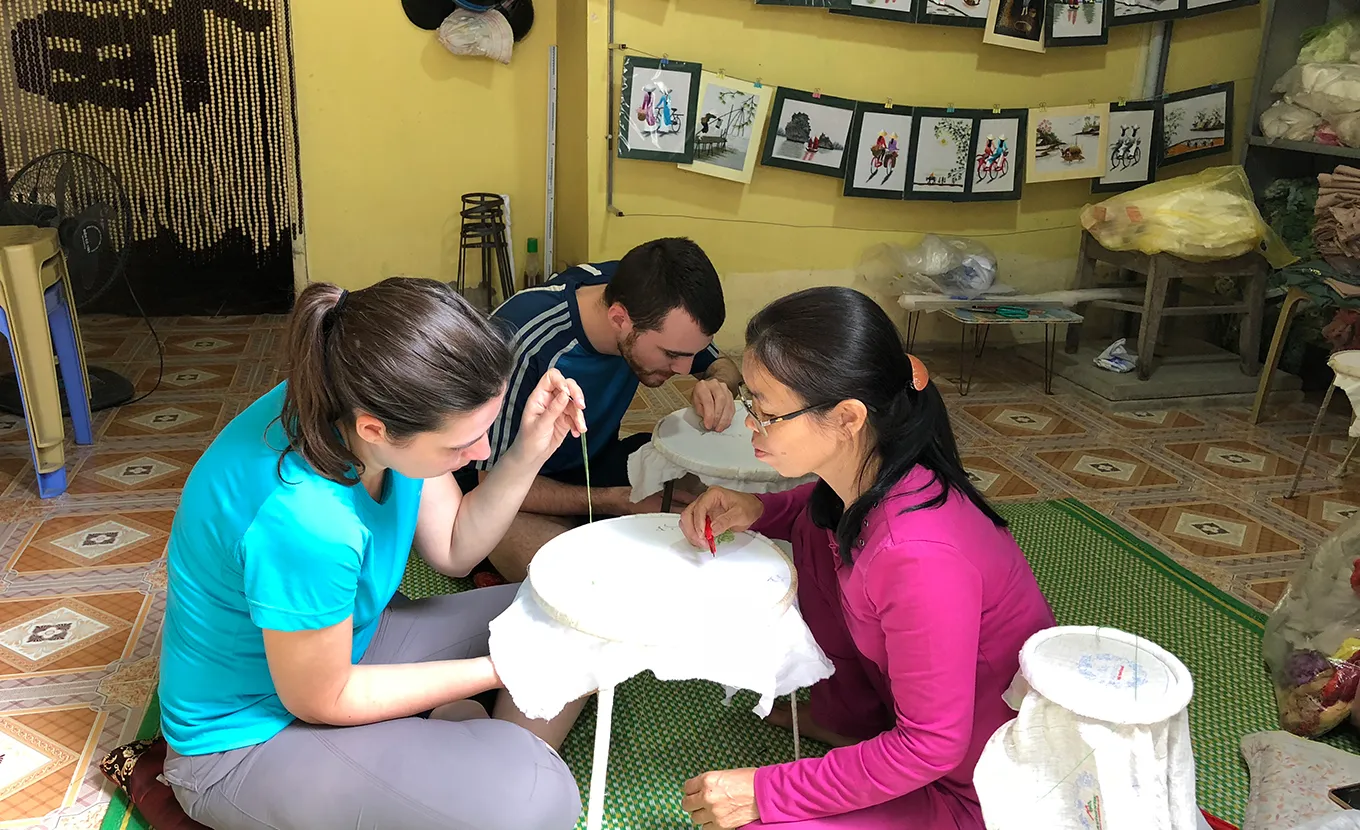
View more
10 Photos
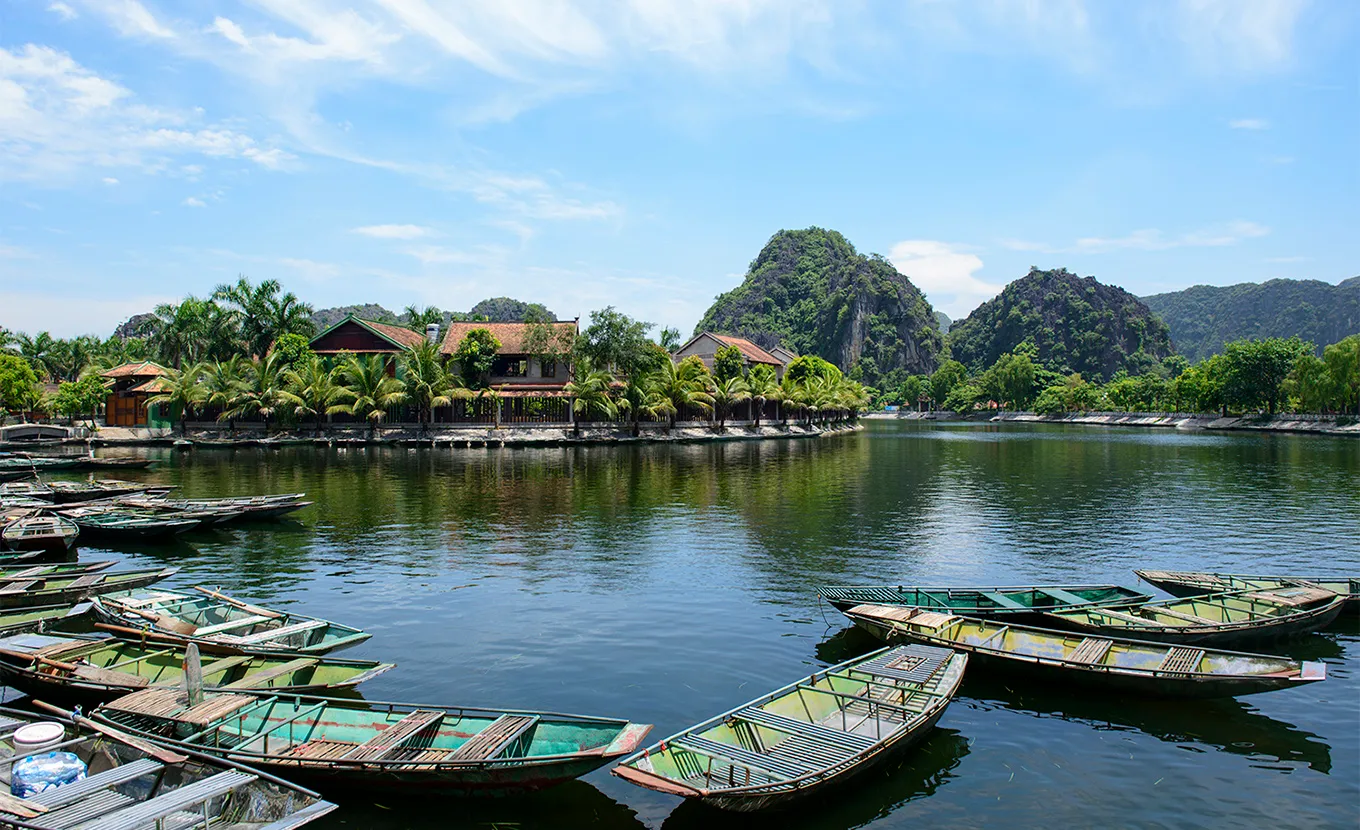
View more
13 Photos
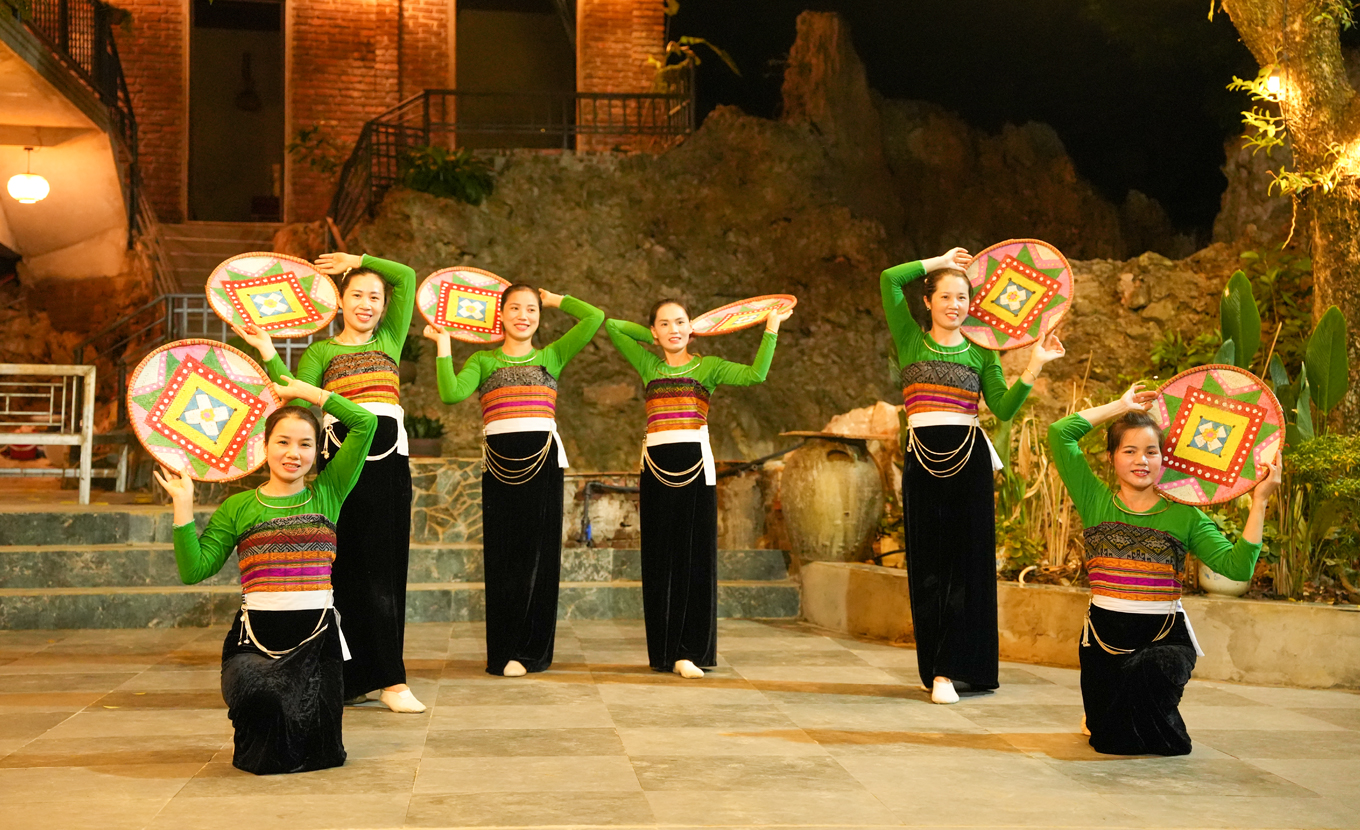
View more
11 Photos
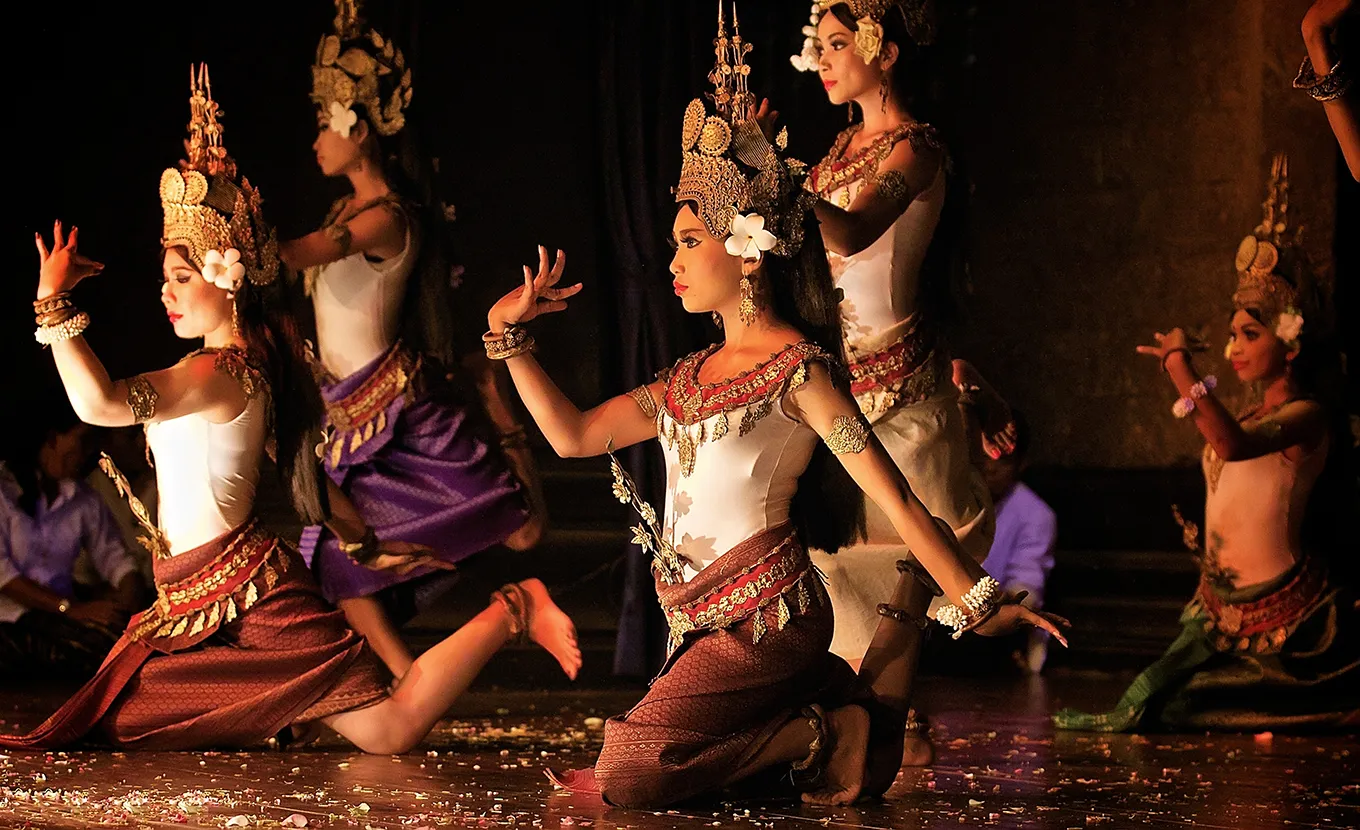
View more
12 Photos
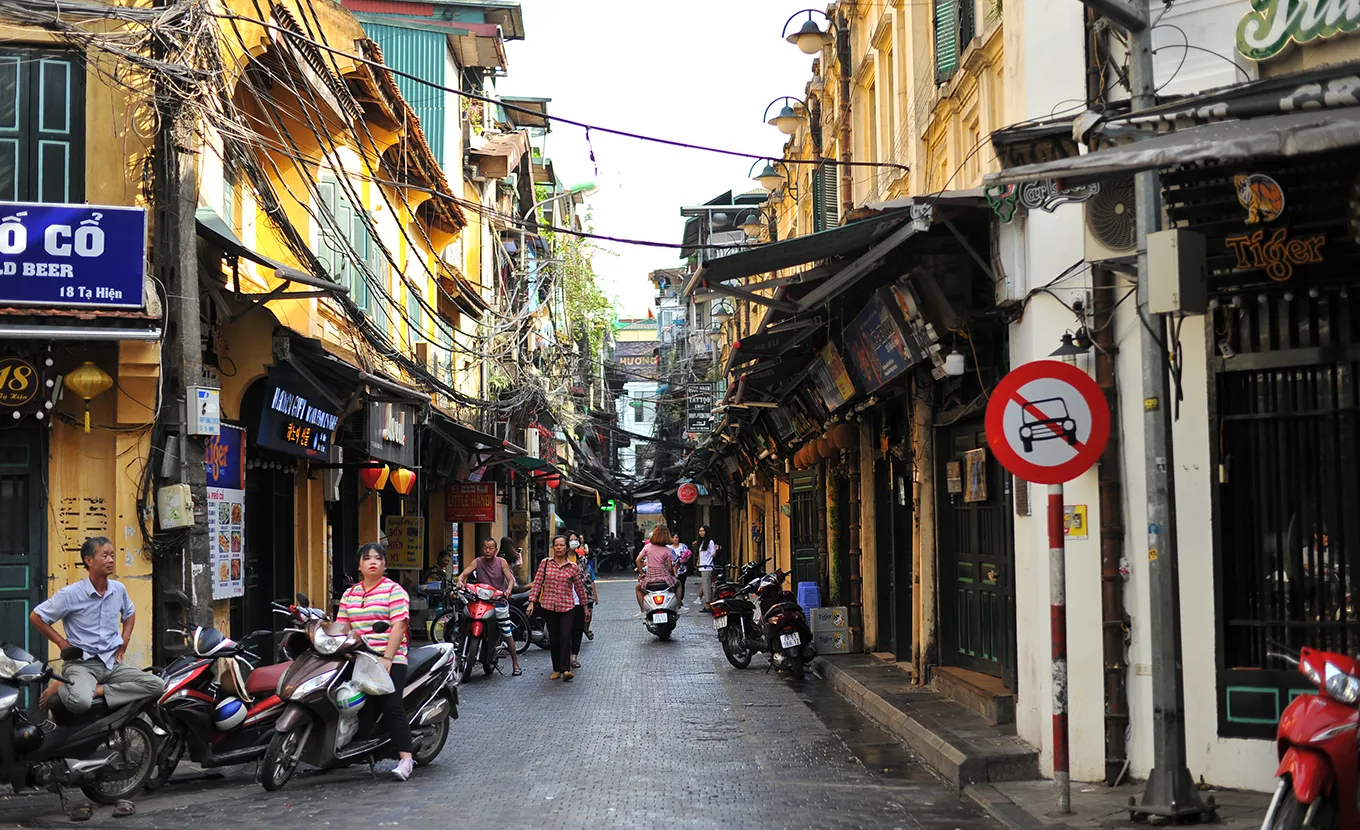
View more
12 Photos
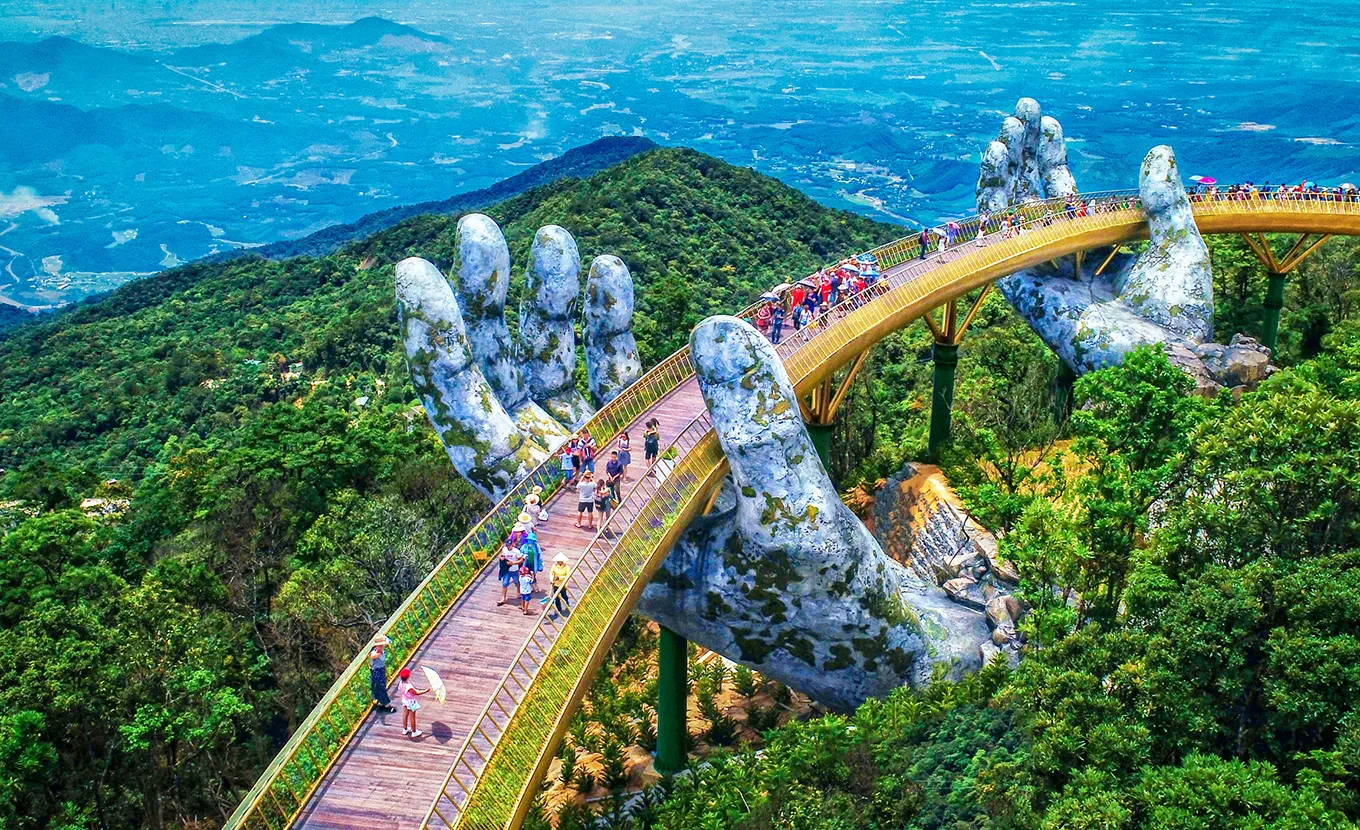
View more
10 Photos
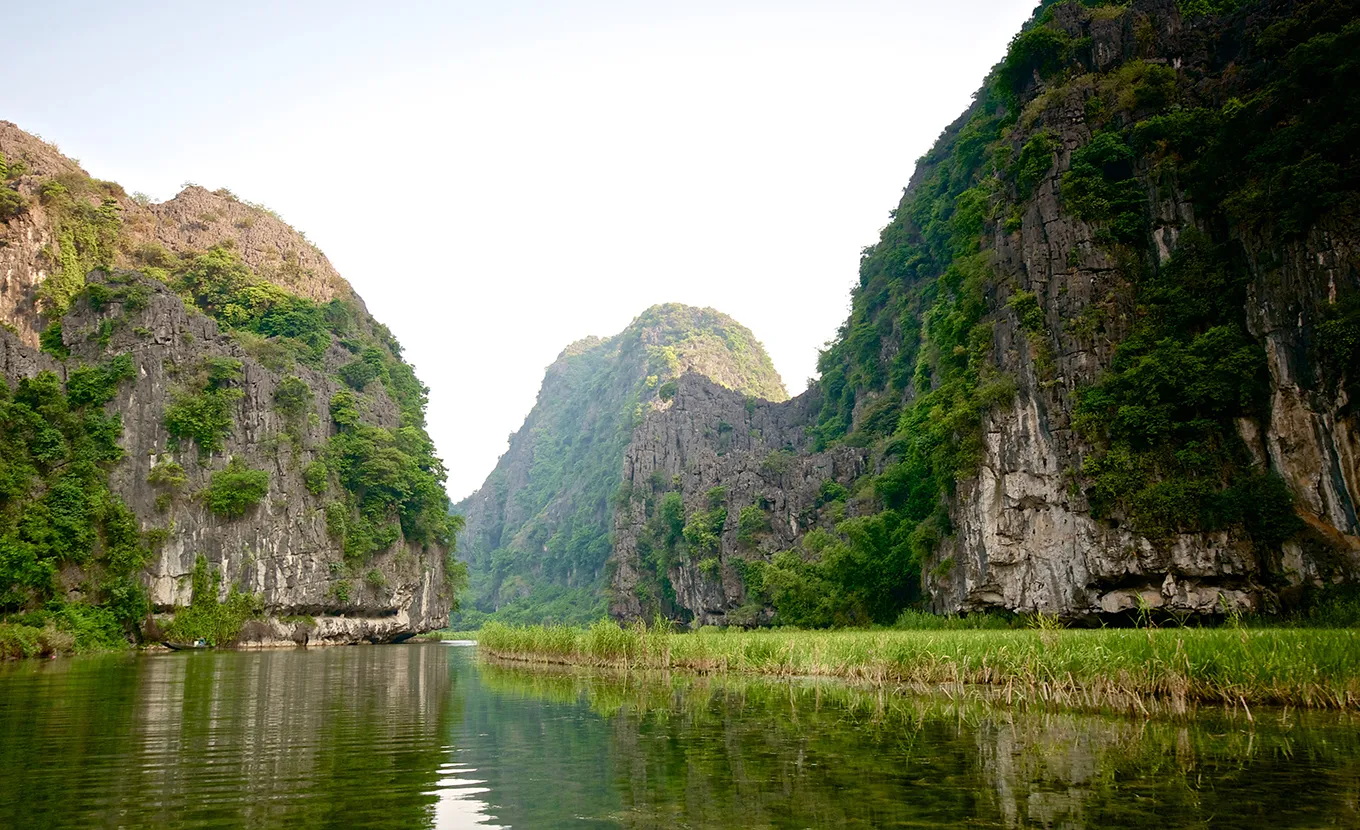
View more
10 Photos
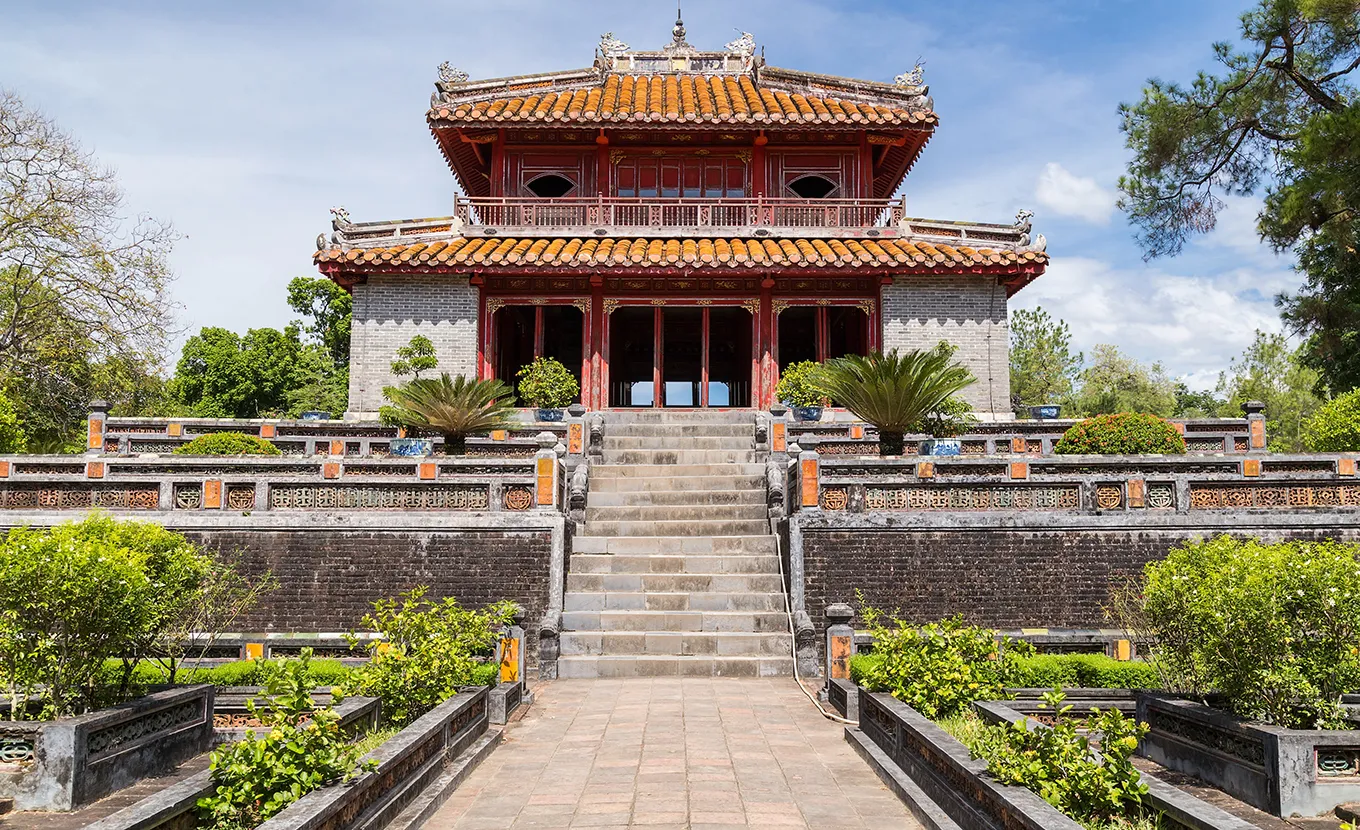
View more
11 Photos
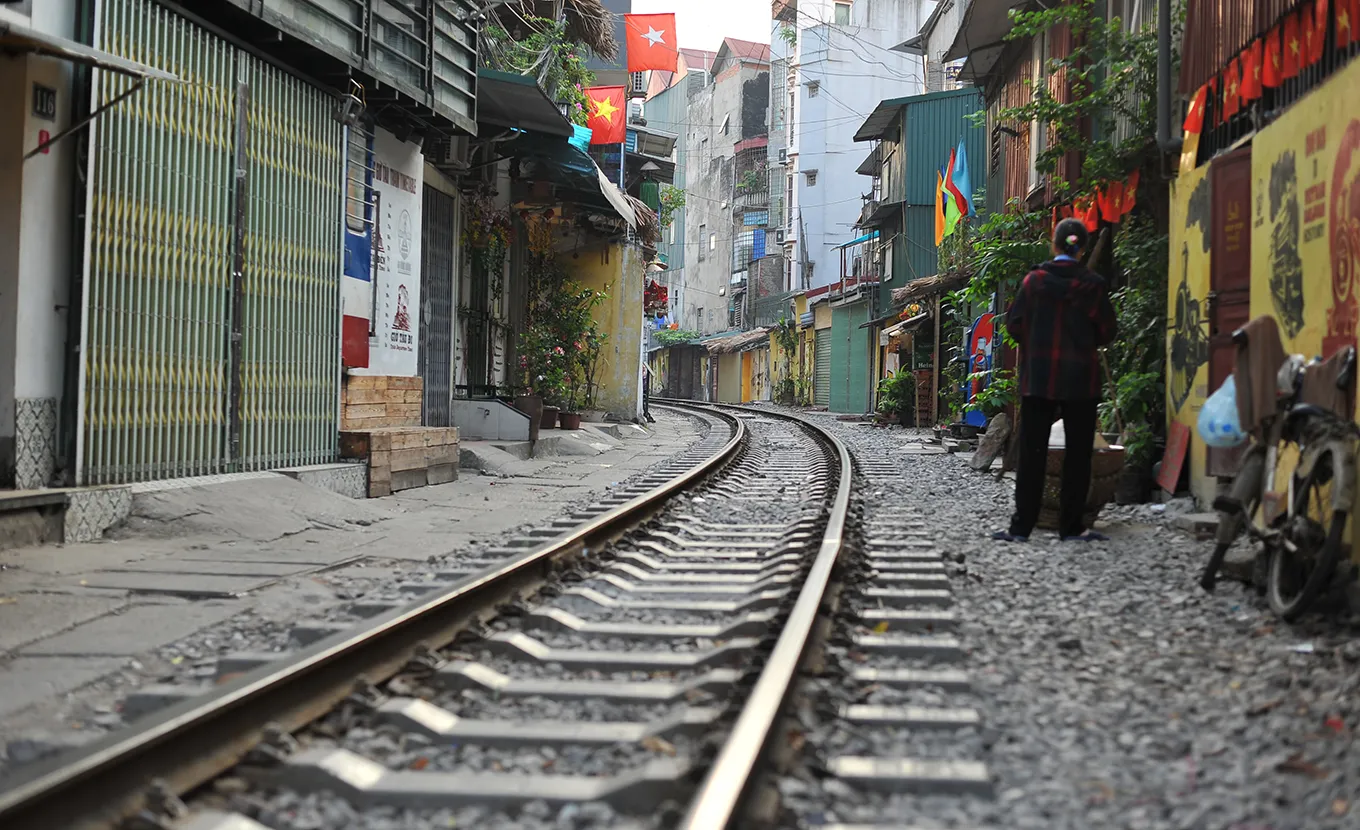
View more
12 Photos
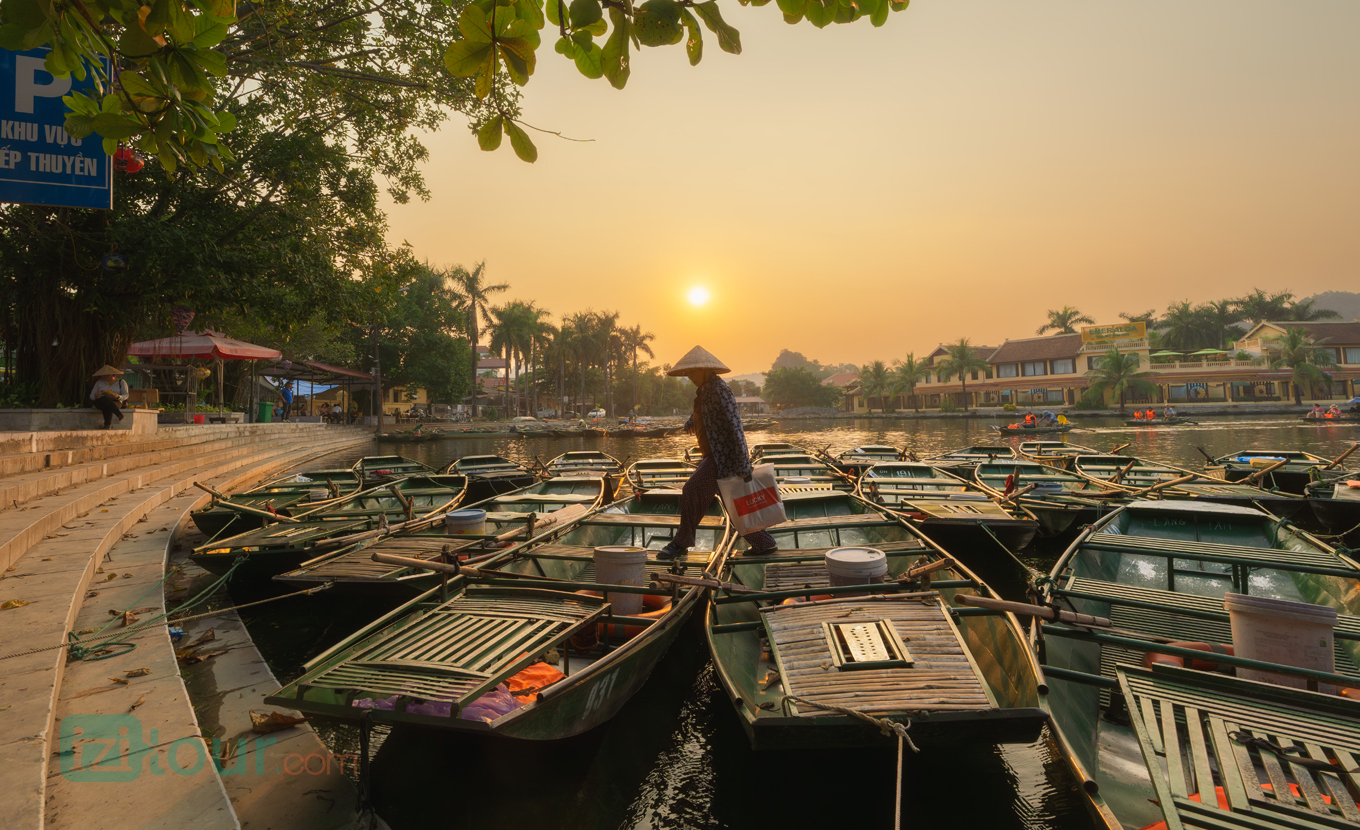
View more
11 Photos